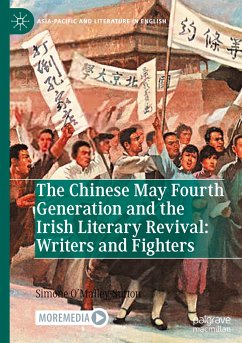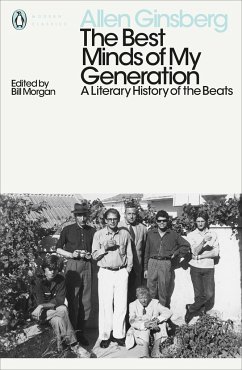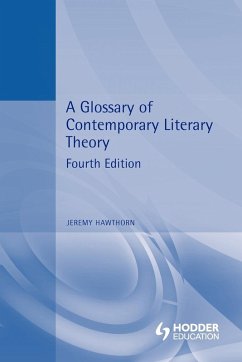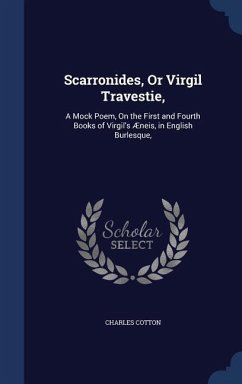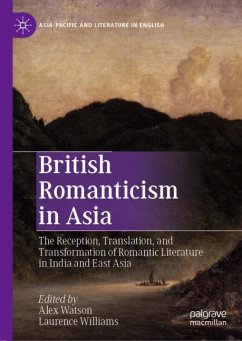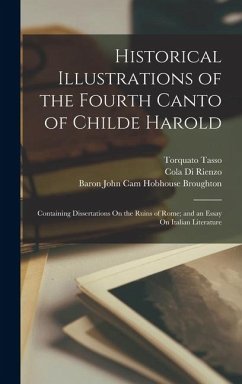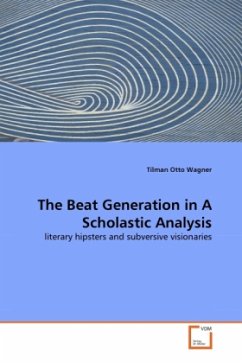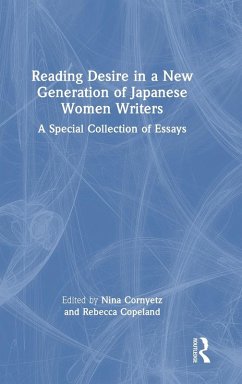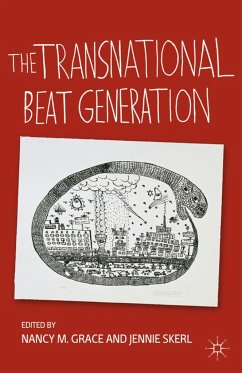
The Chinese May Fourth Generation and the Irish Literary Revival: Writers and Fighters
Versandkostenfrei!
Versandfertig in 6-10 Tagen
76,99 €
inkl. MwSt.
Weitere Ausgaben:

PAYBACK Punkte
38 °P sammeln!
This book examines how the early twentieth-century Irish Renaissance (Irish Literary Revival) inspired the Chinese Renaissance (the May Fourth generation) of writers to make agentic choices and translingual exchanges. It sheds a new light on "May Fourth" and on the Irish Renaissance by establishing that the Irish Literary Revival (1900-1922) provided an alternative decolonizing model of resistance for the Chinese Renaissance to that provided by the western imperial center. The book also argues that Chinese May Fourth intellectuals translated Irish Revivalist plays by W. B. Yeats, Lady Gregory,...
This book examines how the early twentieth-century Irish Renaissance (Irish Literary Revival) inspired the Chinese Renaissance (the May Fourth generation) of writers to make agentic choices and translingual exchanges. It sheds a new light on "May Fourth" and on the Irish Renaissance by establishing that the Irish Literary Revival (1900-1922) provided an alternative decolonizing model of resistance for the Chinese Renaissance to that provided by the western imperial center. The book also argues that Chinese May Fourth intellectuals translated Irish Revivalist plays by W. B. Yeats, Lady Gregory, Seán O'Casey and Synge and that Chinese peasants performed these plays throughout China during the 1920s and 1930s as a form of anti-imperial resistance. Yet this literary exchange was not simply going one way, since Yeats, Lady Gregory, Synge and O'Casey were also influenced by Chinese developments in literature and politics. Therefore this was a reciprocal encounter based on the circulation ofAnti-colonial ideals and mutual transformation.



